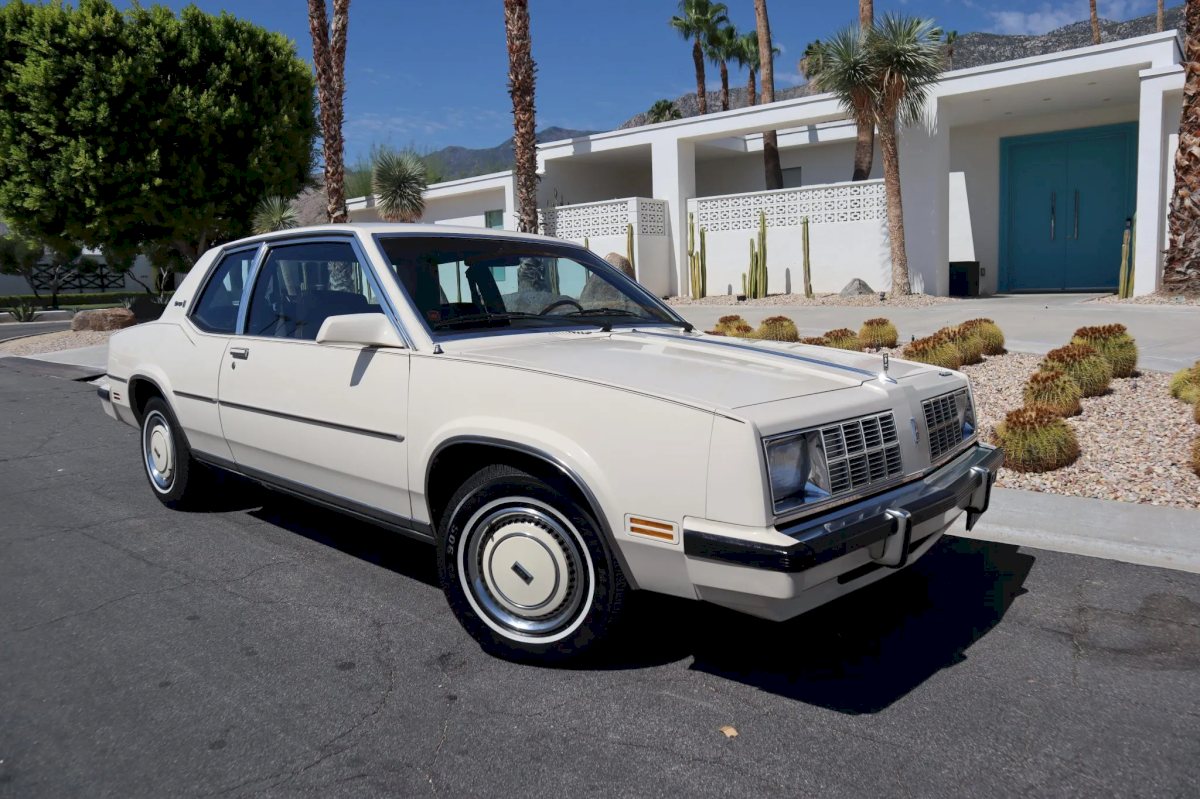The year 1958 marked a turning point in the automotive industry, with manufacturers striving to create vehicles that captured the essence of the era's changing culture. Among the standout models of that year, the 1958 Chevrolet Impala remains an iconic symbol of American automotive history. Its distinctive design, innovative engineering, and cultural impact have made it a timeless classic. In this article, we will delve into the fascinating history of the 1958 Chevrolet Impala, exploring its design, technical specifications, and cultural significance.

The Birth of the Chevrolet Impala

The late 1950s marked a period of significant transformation in the automotive world. The United States was experiencing an economic boom, and automakers were fiercely competing to create the most stylish, powerful, and innovative cars. Chevrolet, a division of General Motors, was at the forefront of this race, and the Impala was a significant milestone in their journey.
The Chevrolet Impala was not entirely new to the automotive scene in 1958. It first appeared as a top-of-the-line model in the Chevrolet Bel Air series in 1956, and it was met with enthusiastic responses. However, it was in 1958 that the Impala became a standalone model, signifying its rise to prominence.
Design and Aesthetics

The 1958 Chevrolet Impala was a car that embodied the extravagant design aesthetics of the late 1950s. One of its most distinctive features was the flamboyant use of chrome and the iconic rear fins. These fins reached their peak in 1958, and the Impala's design was a testament to this trend. The massive, sweeping fins and gleaming chrome details were a nod to the space race and the Jet Age, captivating the imaginations of many.
The Impala featured a bold, upright front grille, which was a prominent characteristic of Chevy's design language in the late 1950s. The grille's intricate details and the iconic Chevrolet bowtie emblem placed it firmly in the realm of American car culture.

In another design innovation, the 1958 Chevrolet Impala was among the first cars to feature dual headlamps on each side, which added to its distinctive front-end appearance. This design choice would soon become a standard feature in the automotive industry.
The Impala's interior was equally impressive. It boasted spacious, luxurious seating and a dashboard with futuristic styling elements. The combination of style and comfort made the Impala an attractive option for those seeking an elegant yet practical vehicle.
Technical Specifications

Under the hood, the 1958 Chevrolet Impala was available with a range of V8 engine options, including a 283-cubic-inch V8 that produced 185 horsepower, a 348-cubic-inch V8 with various power outputs, and a high-performance 348 Super Turbo-Thrust V8 engine. These engines were known for their power and performance, making the Impala a formidable contender on the road.
The Impala featured a robust frame and suspension system that provided a smooth and comfortable ride. Its handling characteristics were impressive for its time, making it a car that could handle both city streets and open highways with ease.

The 1958 Chevrolet Impala came with a variety of transmission options, including a three-speed manual, three-speed automatic, and a four-speed manual transmission. This diversity allowed customers to choose the configuration that best suited their driving preferences.
One of the most alluring versions of the 1958 Chevrolet Impala was the convertible model. With its retractable top, the Impala convertible offered the thrill of open-air motoring, adding to the overall appeal of this classic car.
Cultural Significance

The 1958 Chevrolet Impala has become an icon of the late 1950s. Its extravagant design and prominent presence in popular culture have solidified its status as a symbol of the era's optimism and exuberance. Movies, television shows, and music videos have all featured this classic car, ensuring its lasting legacy.
The Impala's bold design and strong performance contributed to its popularity. In 1958, Chevrolet sold 172,562 Impalas, a remarkable figure for the time. The car's appeal extended to a wide range of customers, from families seeking spacious comfort to young drivers looking for a touch of style and performance.

As the years have passed, the 1958 Chevrolet Impala has only grown in stature as a collectible classic car. Enthusiasts and collectors continue to seek out well-preserved examples, with original or restored models commanding high prices at auctions and shows.
Legacy and Influence

The design cues of the 1958 Chevrolet Impala had a profound and lasting impact on the automotive industry. The era's fascination with fins, chrome, and bold styling left a mark that can be seen in subsequent car models, especially during the 1950s and early 1960s.
The Impala nameplate, which was first established in 1958, continues to be an important part of Chevrolet's lineup. Over the decades, the Impala has gone through various transformations, adapting to changing consumer demands while still paying homage to the original's legacy.
Conclusion

The 1958 Chevrolet Impala stands as a testament to the era of innovation and style that was the late 1950s. Its elegant design, powerful engines, and cultural significance have made it a beloved classic that continues to captivate car enthusiasts and collectors alike. The Impala's triple-taillight design, bold color palette, and influence on subsequent models have left an indelible mark on automotive history.
As we reflect on the enduring appeal of the '58 Impala, it is clear that this iconic car will forever be celebrated as a symbol of elegance, power, and prestige in the American automotive landscape. Its legacy lives on, reminding us of a time when cars were not just modes of transportation but expressions of personal style and automotive excellence.

